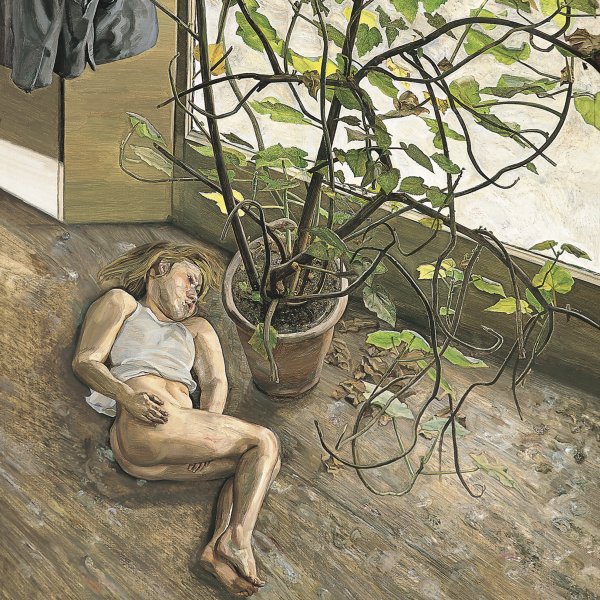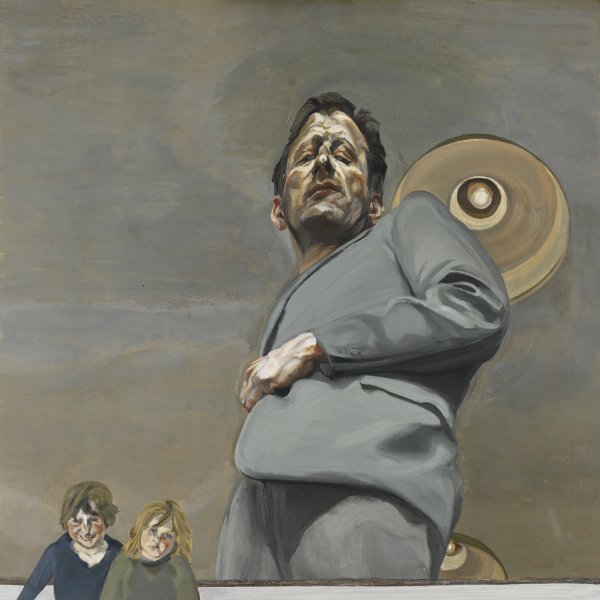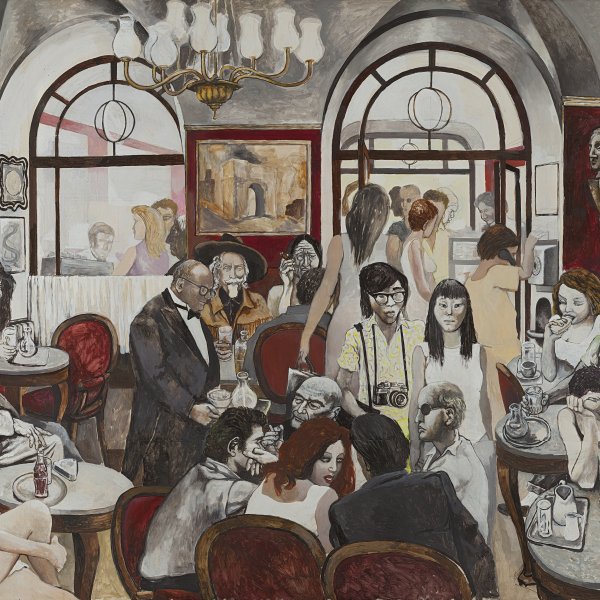Last Portrait
Lucian Freud stated that “my idea of portraiture came from dissatisfaction with portraits that resembled people. I would wish my portraits to be of people, not like them.” Such a confession denotes a certain amount of philosophical anguish as it presupposes that the artist, when painting somebody, is to an extent condemning them. During his youth he learned from Cedric Morris, his teacher at the East Anglian School of Painting and Drawing in Essex, that a portrait should be revealing in a way that was almost improper, and he has heeded that lesson ever since. His personal manner of portraying human malaise, his devastating vision that casts a cloak of turmoil over all his sitters, led Herbert Read to describe him as the “Ingres of existentialism.”With this admirable and lucid definition, the British critic connected Freud with both French visual culture and the gloomy creed of Jean-Paul Sartre, and summed up the dilemma between the subtlety of his painting and the nauseating world captured by his gaze.
Dated in 1976‒77, Last Portrait, the first painting by Freud to enter the Thyssen-Bornemisza collection, shows the same model depicted in the Nude Portrait in the Tate collection. The unfinished nature of the work sheds light on how it was painted. The composition was lightly sketched in pencil on the white canvas and the paint was applied starting with the face and upper part of the body. Freud’s early portraits characterised by tight brushwork, executed using fine sable brushes in the style of the early Flemish artists or Dürer, have become a thing of the past. He now paints standing up using thick hogshair brushes to achieve greater impasto and a fleshier quality.
“To me Art’s subject is the human clay.” This line by the Anglo-American poet W.H. Auden appears to be written expressly for Lucian Freud, the artist who has succeeded in revealing like no other the vulnerability of the human body. “I want it [the paint] to work for me just as flesh, ” he told Lawrence Gowing in 1982 — a motto that is consonant with the material fleshiness of their faces and bodies, and with his skill at painting the texture of the skin and converting the picture surface into human clay.
Paloma Alarcó









